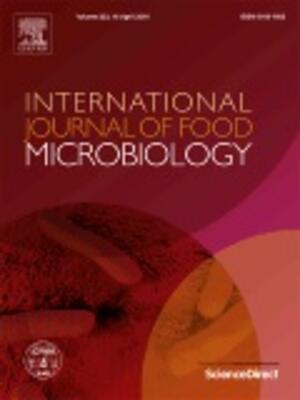
Economic costs related to foodborne disease in Burkina Faso and Ethiopia in 2017
Abstract
Introduction: Foodborne diseases (FBD) are a significant problem in low- and middle-income countries, especially in Africa. Country-specific estimates of the economic costs related to FBD caused by different hazards in different food products can inform decision makers about this problem’s magnitude. This aids policy makers in prioritising actions to mitigate risks and prevent illness. Although estimates exist for many high-income countries, they are lacking for African countries.
Methods: This study estimates economic cost in Burkina Faso and Ethiopia related to FBD caused by non-typhoidal Salmonella enterica (NTS), Campylobacter spp. (CAMP) and enterotoxigenic Escherichia coli (ETEC) in all foods, chicken meat and tomatoes. The World Health Organization’s estimates of FBD burden, updated from 2010 to 2017, were used as a basis. Economic cost estimates were the sum of estimates of willingness-to-pay (WTP) to reduce risk of death and of pain and suffering, and lost productivity. WTP was based on value of statistical life (VSL) and value of statistical life year (VSLY), extrapolated from USA data. We used sensitivity options to account for uncertainty in these values.
Results: Mean economic costs related to FBD caused by NTS, CAMP and ETEC in 2017 were estimated at 391 million constant 2017 international dollars in Burkina Faso and 723 million in Ethiopia. These represent 3.0% of gross national income in Burkina Faso and 0.9% in Ethiopia. Lost productivity contributed 70%, WTP to reduce risk of death 30%, and WTP to reduce risk of pain and suffering 1-2%. NTS caused the highest costs, followed by ETEC and CAMP. Chicken meat caused 9-12 times higher costs than tomatoes. Children under five years (14.6-17.1% of populations) bore 20-75% of the costs. Due to uncertainty in disease burden and economic data, costs could be four times higher than mean estimates.
Discussion: Policies to control FBD likely result in substantial benefits, especially efforts aiming at this study’s hazards in chicken meat and children under 5 years. Efforts to reduce uncertainty in VSL, VSLY and disease burden estimates, estimate costs for other countries, attribute costs to other food products and hazards, further standardise estimation methodologies, and estimate treatment costs and illness prevention expenditures are recommended.
Citation
Wagenberg, C.P.A. van and Havelaar, A.H. 2023. Economic costs related to foodborne disease in Burkina Faso and Ethiopia in 2017. Frontiers in Sustainable Food Systems 7: 1227430.










